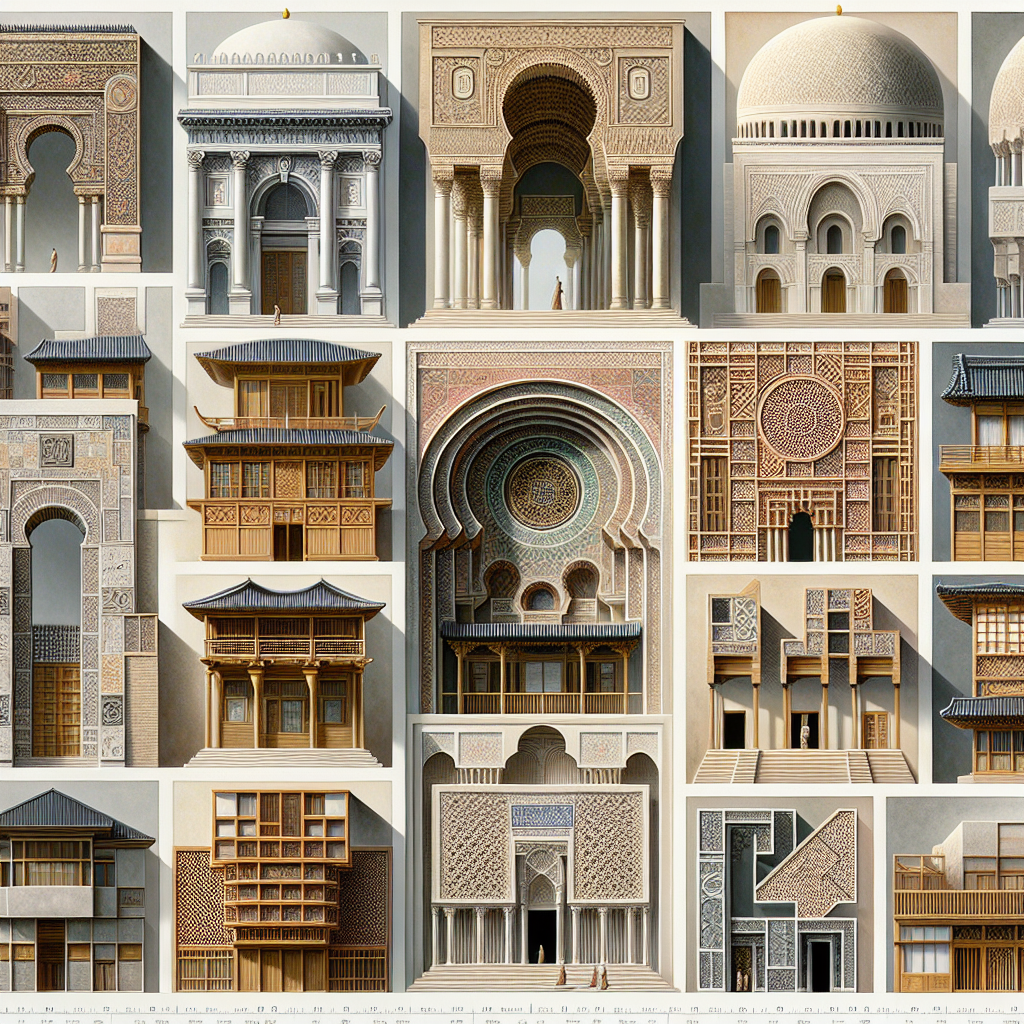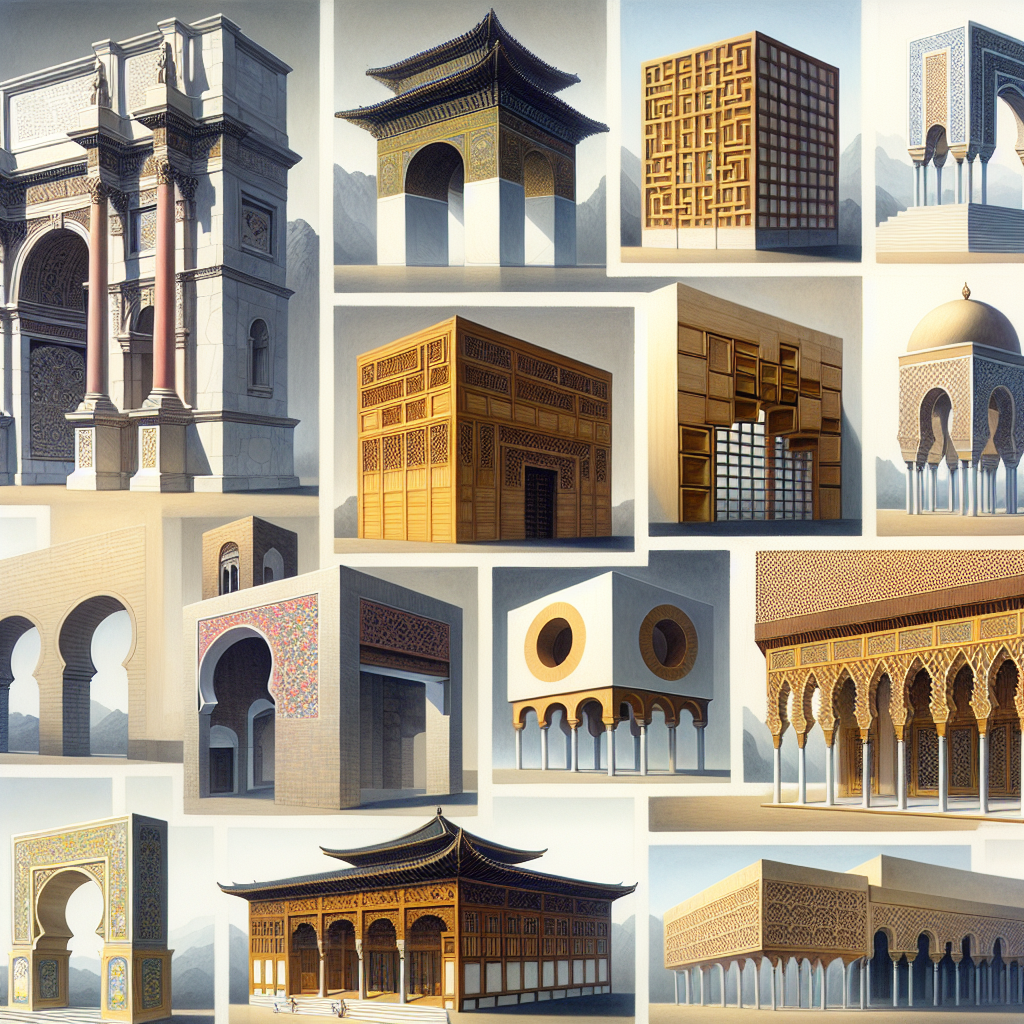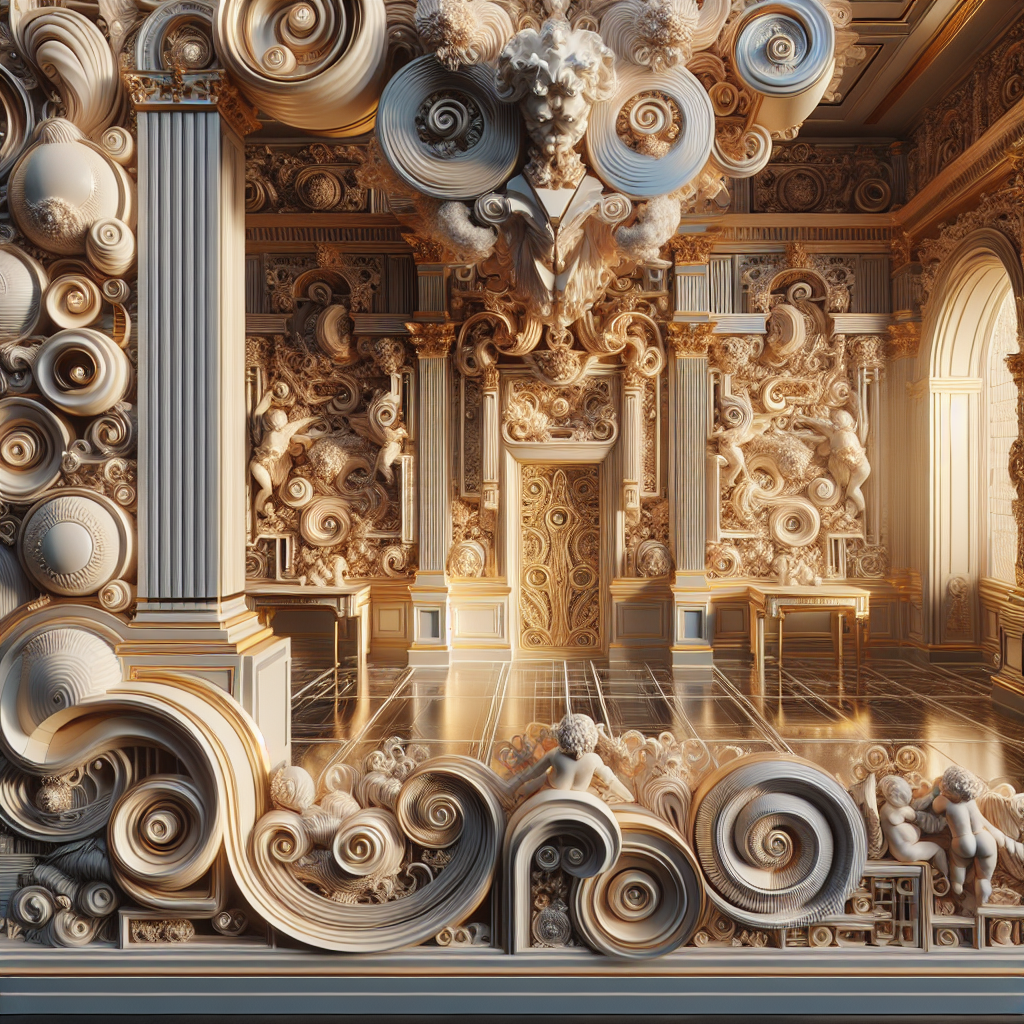Understanding Cultural Symbolism in Architectural Elements

Deciphering the Language of Design: Cultural Symbolism in Architectural Elements
Architecture is not merely about creating structures that provide shelter or impress with their grandeur; it is a language rich with cultural symbolism and historical narratives. Each architectural element, from the sweeping curves of a dome to the intricate carvings on a column, serves as a lexicon of the culture it represents. In this exploration of design, we delve into the profound depths of cultural symbolism in architecture, uncovering the stories and significance behind the elements that compose the buildings around us.
Unveiling the Semiotics of Space
The semiotics of space—a concept deeply rooted in the study of signs and symbols—offers a fascinating lens through which to interpret architectural elements. It posits that spaces and structures communicate meaning much like a language does, through an intricate system of signs. The architecture of a building, therefore, is a tapestry woven with cultural, social, and historical threads, each contributing to the overall narrative of the space.
Archetypes and Motifs: The Building Blocks of Cultural Expression
Across civilizations, certain archetypes and motifs emerge as fundamental building blocks of cultural expression. The arch, for instance, is a universal symbol of passage and transition, found in the triumphal arches of Rome and the Moorish arches of the Alhambra. These structures are not just feats of engineering; they are imbued with the ethos of their creators, echoing the values and aspirations of the societies that built them.
Material Matters: The Substance of Symbolism
The materials used in construction are not chosen solely for their structural properties; they are also selected for their symbolic weight. Marble, with its luminous quality and association with purity and permanence, has been favored for monuments and temples, conveying a sense of the divine. Wood, on the other hand, often symbolizes growth and life, grounding buildings like traditional Japanese homes in the natural world.
Ornamentation and Iconography: A Visual Vocabulary
Ornamentation and iconography serve as the visual vocabulary of architectural symbolism. The intricate Islamic geometric patterns speak to the infinite nature of the universe, while Gothic cathedrals use stained glass and sculptural reliefs to narrate biblical stories. These decorative elements are not mere embellishments; they are integral to the building’s communicative function, encoding cultural and spiritual meanings into the very fabric of the structure.
Interpreting the Intangible: Architecture as Cultural Memory
Architecture acts as a vessel for cultural memory, preserving the intangible heritage of a people. The colonnades of ancient Greece, for example, not only support the structure of the temples but also stand as enduring symbols of democratic gathering and discourse. By understanding these elements as repositories of collective memory, we gain insight into the societal values and historical context that shaped them.
Modern Metaphors: Continuity and Innovation in Symbolism
The dialogue between tradition and innovation is ever-present in contemporary architecture. Modern architects often reinterpret traditional symbols, creating new metaphors that resonate with today’s cultural landscape. The dynamic curves of Zaha Hadid’s buildings, while futuristic in form, may echo the fluidity and movement found in calligraphy, bridging the gap between past and present.
Global Perspectives: Cross-Cultural Exchanges in Design
In our increasingly interconnected world, architectural elements often transcend their original cultural contexts, leading to fascinating cross-cultural exchanges in design. The adoption of Islamic motifs in Spanish architecture or the influence of Bauhaus principles in global modernism are testaments to the fluidity of architectural symbolism across borders.
Conclusion: The Resonance of Cultural Symbolism in Architecture
As we unravel the layers of meaning embedded in architectural elements, we uncover the rich tapestry of human culture. These structures are not just physical spaces; they are manifestations of our collective identity, echoing the beliefs, values, and aspirations of the cultures they represent. By appreciating the cultural symbolism inherent in architecture, we not only deepen our understanding of the built environment but also foster a greater appreciation for the diversity and complexity of human expression.







